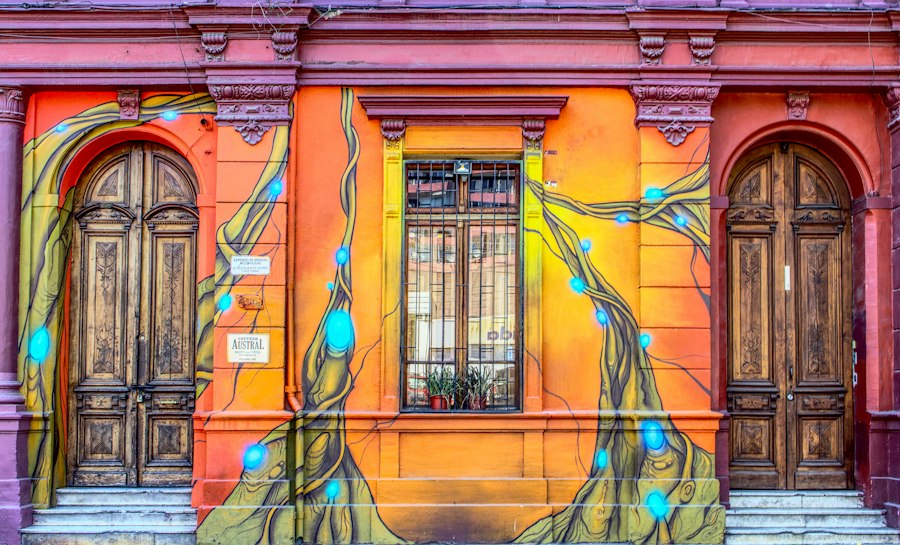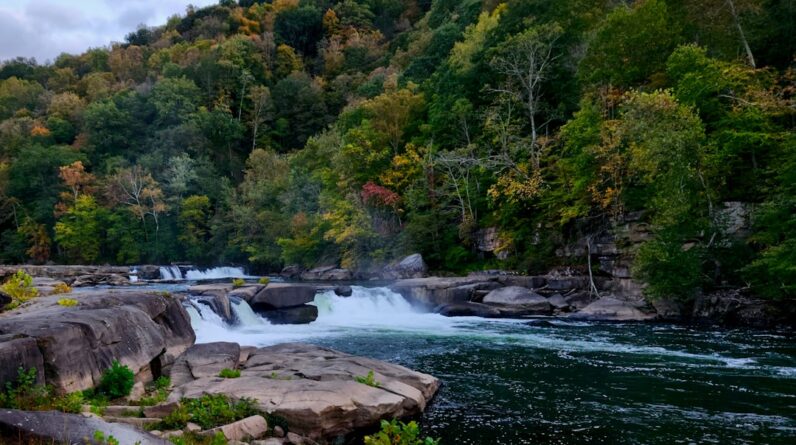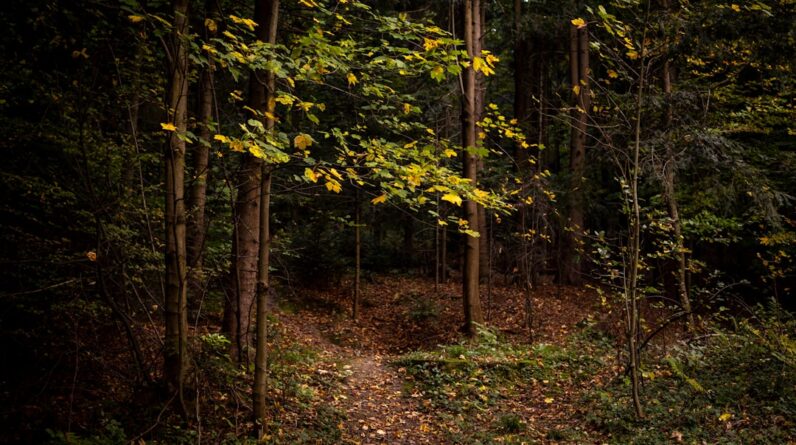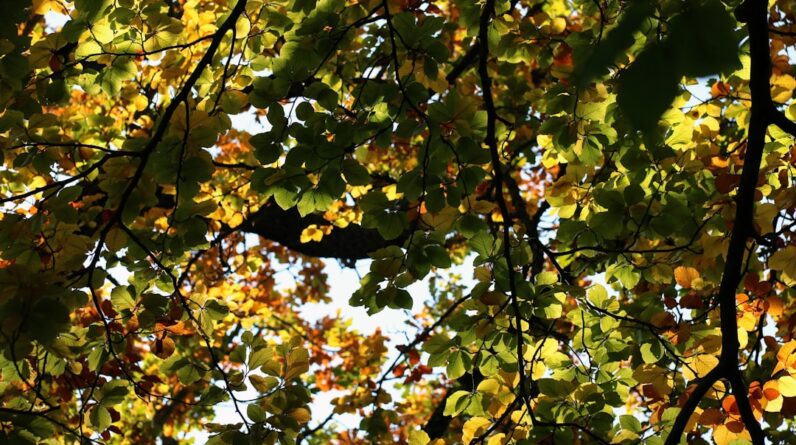Quebec City, located in the province of Quebec, Canada, is known for its rich history, stunning architecture, and vibrant culture. One aspect of the city’s culture that often goes unnoticed is its thriving art scene. From museums and galleries to public art installations and festivals, Quebec City offers a diverse and dynamic artistic landscape that is worth exploring. Art plays a significant role in the city’s culture and history, reflecting the unique identity of Quebec City and its people.
Key Takeaways
- Quebec City’s art scene is vibrant and diverse, with a rich history and a promising future.
- Visitors can discover a wealth of artistic treasures in the city’s museums, galleries, and public spaces.
- The artistic community in Quebec City is characterized by a wide range of styles, media, and perspectives.
- Navigating the city’s museums and galleries requires careful planning and a willingness to explore off the beaten path.
- Public art plays a vital role in shaping Quebec City’s cultural landscape, reflecting its history, values, and aspirations.
Discovering Artistic Treasures in Quebec City
Quebec City is home to numerous notable art pieces and installations that showcase the city’s artistic treasures. One such example is the famous mural “La Fresque des Québécois,” located in the heart of Old Quebec. This massive mural depicts the history of Quebec City and its people, spanning over 400 years of history. Another must-see art installation is the “Fontaine de Tourny,” a stunning fountain located near the Parliament Building. This fountain was a gift from France to commemorate the 400th anniversary of Quebec City and has become an iconic symbol of the city.
In addition to these well-known art pieces, Quebec City also boasts unique and lesser-known art spots that are worth exploring. The Quartier Petit Champlain, for example, is a charming neighborhood filled with boutiques, galleries, and street art. This area is known for its vibrant artistic atmosphere and is a great place to discover local artists and their work. Another hidden gem is the Maison de la Littérature, a former post office transformed into a literary arts center. This space hosts exhibitions, performances, and workshops that celebrate literature and the arts.
Exploring the Diversity of Quebec City’s Artistic Community
Quebec City’s artistic community is incredibly diverse, with various art forms and styles represented throughout the city. From traditional painting and sculpture to contemporary installations and performance art, there is something for everyone to enjoy. The city is home to a wide range of talented artists, each with their unique style and perspective.
One local artist making waves in Quebec City is Marie-Claude Bouthillier. Bouthillier is known for her abstract paintings that explore themes of identity and memory. Her work has been exhibited in galleries both in Quebec City and internationally, and she continues to push the boundaries of traditional painting. Another notable artist is Jean-Robert Drouillard, a sculptor who creates intricate and thought-provoking pieces using recycled materials. Drouillard’s work often addresses environmental issues and the impact of human activity on the planet.
Navigating the City’s Museums and Galleries
Quebec City is home to several major museums and galleries that showcase a wide range of art forms and styles. The Musée national des beaux-arts du Québec (MNBAQ) is one of the city’s most prominent art institutions, housing an extensive collection of Canadian and international art. The museum features both permanent and temporary exhibitions, offering visitors a chance to explore different artistic movements and periods.
Another notable museum is the Musée de la civilisation, which focuses on the history and culture of Quebec. This museum often hosts exhibitions that combine art, history, and technology to create immersive experiences for visitors. The Galerie d’art du Parlement is another must-visit gallery, located within the Parliament Building. This gallery showcases contemporary art by Quebec artists and offers a unique setting for art appreciation.
When visiting museums and galleries in Quebec City, it’s essential to plan ahead and make the most of your visit. Check the museum’s website for information on current exhibitions, opening hours, and any special events or guided tours. Consider purchasing tickets in advance to avoid long queues, especially during peak tourist seasons. Take your time exploring each exhibition and don’t be afraid to ask questions or engage with the art. Remember to respect the artwork and follow any rules or guidelines set by the museum or gallery.
The Role of Public Art in Quebec City’s Cultural Landscape
Public art plays a significant role in Quebec City’s cultural landscape, adding beauty and vibrancy to the city’s streets and public spaces. These installations often reflect the city’s history, culture, and values, creating a sense of identity and pride among its residents. One notable example of public art in Quebec City is the “Manif d’art,” a biennial event that transforms the city into an open-air museum. During this event, artists from around the world create site-specific installations that engage with the city’s architecture and urban environment.
Another significant public art installation is the “Le Passage,” a series of illuminated arches that span across Rue Saint-Joseph Est. This installation not only adds visual interest to the street but also serves as a gathering place for locals and visitors alike. The “Le Passage” has become an iconic symbol of Quebec City’s commitment to public art and urban revitalization.
Artistic Events and Festivals in Quebec City

Quebec City is home to several annual art events and festivals that celebrate the city’s vibrant artistic community. One such event is the Festival d’été de Québec, one of Canada’s largest outdoor music festivals. This multi-day event features performances by local and international artists across various genres, including rock, pop, jazz, and classical music. In addition to music, the festival also includes visual arts exhibitions, street performances, and workshops.
Another noteworthy event is the Quebec City International Festival of Military Bands, which brings together military bands from around the world for a week-long celebration of music and culture. This festival showcases the talent and precision of these bands through concerts, parades, and competitions. It is a unique opportunity to experience the power and beauty of military music in a historic setting.
Supporting Local Artists and Artisans in Quebec City
Supporting local artists and artisans is crucial for the growth and sustainability of Quebec City’s art scene. By purchasing artwork directly from artists, attending local art events, and visiting galleries and studios, you can contribute to the local economy and help artists continue their creative endeavors. Additionally, engaging with the local art community through workshops, classes, and collaborations can foster a sense of community and inspire new artistic endeavors.
One way to support local artists is by visiting the Quartier Petit Champlain, a neighborhood known for its artistic atmosphere and independent boutiques. Here, you can find unique handmade crafts, jewelry, and artwork created by local artisans. By purchasing these one-of-a-kind pieces, you not only support the artists but also bring a piece of Quebec City’s artistic heritage home with you.
The Intersection of Art and History in Quebec City
Quebec City’s rich history is deeply intertwined with its art scene, with many art pieces reflecting the city’s past and cultural heritage. One notable example is the “La Bataille de Québec” painting by Charles Huot, which depicts the Battle of Quebec in 1759. This historical event marked a turning point in Canadian history and is often depicted in various art forms throughout the city.
Another significant historical art piece is the “Le Chant de la terre” sculpture by Jordi Bonet. This sculpture pays homage to the indigenous peoples of Quebec and their connection to the land. It serves as a reminder of the city’s complex history and the importance of acknowledging and preserving indigenous culture.
Innovative Approaches to Art in Quebec City
Quebec City’s art scene is not limited to traditional forms of art but also embraces innovative and unconventional approaches. One example is the “En Lumière” festival, an annual event that combines light installations, multimedia performances, and culinary experiences. This festival transforms the city into a playground of light and sound, creating immersive experiences for visitors.
Another example is the “Manif d’art,” mentioned earlier, which encourages artists to think outside the box and create site-specific installations that engage with the urban environment. This approach challenges traditional notions of art and invites viewers to interact with the artwork in new and unexpected ways.
The Future of Quebec City’s Art Scene: Challenges and Opportunities
While Quebec City’s art scene is thriving, it also faces several challenges and opportunities for growth in the future. One challenge is the need for more accessible and inclusive art spaces. While there are numerous museums and galleries in the city, there is a need for more community-based art initiatives that engage with a broader audience.
Another challenge is the impact of tourism on the local art scene. While tourism brings exposure and economic opportunities, it can also lead to gentrification and the commodification of art. It is essential to strike a balance between attracting tourists and preserving the authenticity and integrity of the local art community.
Despite these challenges, there are also significant opportunities for growth and development in Quebec City’s art scene. The city’s commitment to public art and urban revitalization provides a platform for artists to showcase their work and engage with the community. Additionally, the growing interest in supporting local artists and artisans creates opportunities for collaboration and innovation.
Quebec City’s art scene is a hidden gem that deserves recognition and exploration. From its notable art pieces and installations to its diverse artistic community, the city offers a wealth of artistic treasures waiting to be discovered. By supporting local artists, attending art events, and engaging with the local art community, you can contribute to the growth and sustainability of Quebec City’s vibrant art scene. So next time you visit this historic city, take some time to immerse yourself in its artistic wonders and let your creativity soar.
Artistic Avenues: Navigating Quebec City’s Vibrant Art Scene is a must-read for art enthusiasts visiting Quebec City. This article provides an in-depth exploration of the city’s thriving art scene, highlighting the various galleries, museums, and street art that make it a haven for artists and art lovers alike. For those looking to immerse themselves in the local culture and discover hidden artistic gems, this article is an invaluable resource. To complement your visit to Quebec City, check out this related article on “Defying Gravity: The Importance of Strength Training as We Age” here. It offers valuable insights into maintaining physical health and strength as we grow older, ensuring you can fully enjoy all the artistic wonders Quebec City has to offer.








